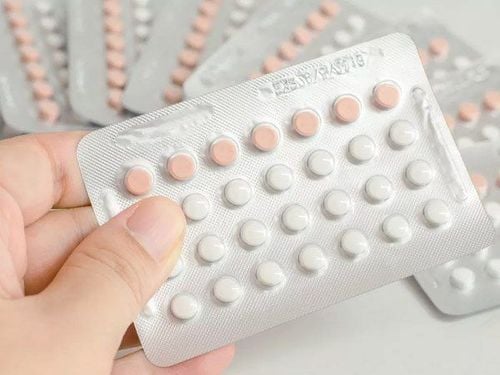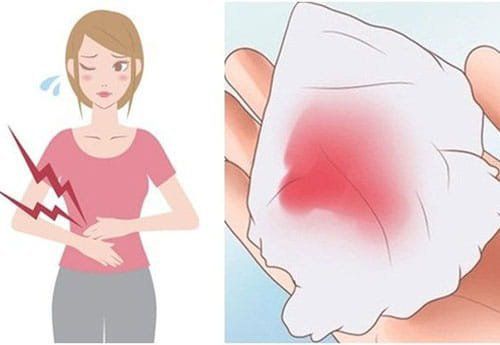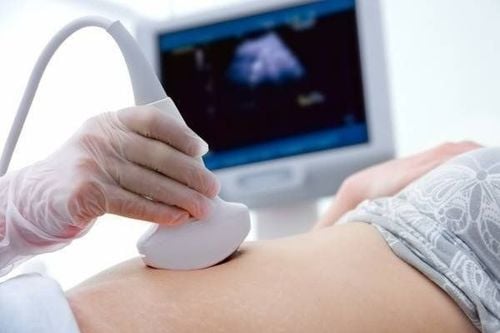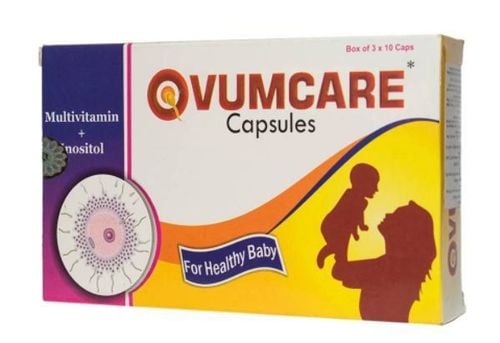This is an automatically translated article.
Determining the time of ovulation and understanding her menstrual cycle can help a woman know when she can get pregnant in each month, thereby planning a pregnancy or taking a measure Preventing pregnancy during this time is very useful.
1. How does the menstrual cycle work?
Trắc nghiệm: Chu kỳ kinh của bạn có bình thường không?
Có một số dấu hiệu cho thấy chu kỳ kinh nguyệt đang ẩn chứa các nguy cơ liên quan đến sức khỏe nhưng bạn không nhận ra. Bài trắc nghiệm dưới đây sẽ giúp bạn phát hiện và dự đoán kỳ kinh nguyệt có thật sự bình thường hay không.
Bài dịch từ: webmd.com
Normal menstruation lasts a few days, usually 3 to 5 days, but in some cases up to 7 days is also normal. The ideal period is 28 days from the first day of one menstrual period to the first day of the next. The normal menstrual cycle in an adult woman ranges from 21 to 35 days. For young women there is a wider variation usually between 21 and 45 days
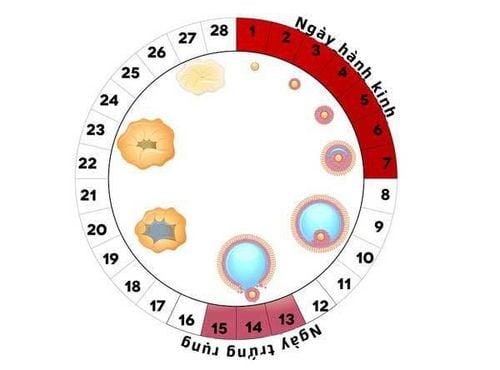
Proliferative phase At the end of the previous cycle, the level of ovarian hormones suddenly decreases (estrogen and progesterone hormones) so it stimulates the pituitary gland to increase secretion of FSH and LH under the command of GnRH. Under the influence of two hormones, FSH and LH, the primordial follicles in the ovaries begin to develop, after a few days the follicles grow larger and increase estrogen secretion.
In the uterus: After menstruation, the lining of the uterus remains a thin layer. Under the influence of estrogen, epithelial cells proliferate rapidly, the mucosa gradually thickens, and blood vessels develop. The glands of the cervix secrete a thin layer of mucus that facilitates the passage of sperm into the uterus.
Ovulation phenomenon: After about 7-8 days of development, there is a fast growing follicle, the remaining follicles gradually decline. When the follicles develop, the size increases rapidly, and the amount of estrogen secreted is also increased significantly. The increased amount of estrogen causes a positive negative regulatory effect on the pituitary hormones, FSH and LH, causing the pituitary gland to increase secretion of these two hormones, under the influence of FSH and LH, it makes the follicles grow to a large size. certain size called mature follicle.
Before ovulation occurs, the hormone LH increases to its peak, combined with the effects of the hormones estrogen, progesterone, FSH to make the egg swell, the follicle wall thins, causing the follicle to burst and cause ovulation. ovulation occurs. This phenomenon usually occurs about 13-14 days before menstruation.
Secretory phase Hormone secretion: After ovulation, the pituitary gland continues to secrete FSH and LH, causing the few remaining cells in the capsule shell to transform into the corpus luteum. The corpus luteum secretes large amounts of progesterone and estrogen.
Changes in the uterus: Under the main influence of estrogen, the uterine lining proliferates and thickens. Blood vessels are also well developed. The aim is to create the right conditions for the fertilized egg to implant. Menstrual phenomenon: If there is no conception, about the last 2 days of the menstrual cycle, the corpus luteum suddenly degenerates, causing the hormone progesterone and estrogen to drop suddenly to very low levels. As a result, the uterine lining is degenerated, the arteries are constricted, causing anemia, causing necrosis. As a result, the blood vessels are damaged and bleed, the bleeding area is more widespread after about 24-36 hours, then the uterine lining is necrotic to peel off.
Trắc nghiệm: Bạn có hiểu đúng về dấu hiệu mang thai sớm?
Các dấu hiệu mang thai sớm không phải chỉ mỗi trễ kinh mà còn có rất nhiều dấu hiệu khác như xuất huyết âm đạo, ngực căng tức,… Điểm xem bạn biết được bao nhiêu dấu hiệu mang thai sớm thông qua bài trắc nghiệm này nhé!
2. How long does ovulation last?
Ovulation is when an ovum is released from the follicle into the fallopian tube.
A normal ovulation cycle lasts about 24-48 hours per month. Once the egg is released from the ovary, it will regress within 24 to 48 hours if it is not fertilized.
Ovulation time is the best time for successful conception, however, the time of intercourse can last from 6 to 10 days due to the time sperm survive in the female genitalia up to 5 days.
3. Signs of Ovulation
Some women ovulate without noticing any changes to their bodies, but others may notice signs of ovulation. It is important to plan intercourse during your fertile days if you intend to have a baby. The good news is that there are ways to know when you're ovulating.
Change in cervical fluid: If you notice cervical discharge or fluid, this is a sign you are ovulating, or ovulation will occur within the next few days. Cervical fluid may appear clear, moist, stretchy, or stringy. It may look similar to egg whites. Check for changes in basal temperature: Your basal body temperature may rise slightly during ovulation. However, some women do not experience a higher body temperature until two or three days after their fertile period.
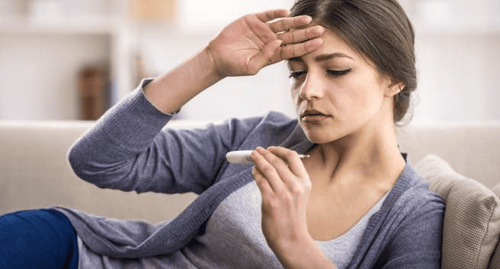
You may feel a slight stinging or mild cramping in your lower abdomen. Increased libido Cramping, feeling of bloating may be seen. Your vulva or vagina may appear swollen. In addition to the above symptoms, you can know the time of ovulation based on the following ways:
Egg test strips based on the peak of LH hormone about 2 days before ovulation. Ovoscopy ultrasound: Ultrasound monitors the growth of the follicles
4. How to calculate fertile time
Calculated according to the time of ovulation and the time of sperm survival in a woman's body, a period of 6-10 days is given called the conception window.
Based on the signs and how to determine the time of ovulation to calculate the fertile window. The time to have sex can get pregnant is from 5 days before ovulation to 2 days after ovulation.
However, if sex is closer to ovulation, the pregnancy rate will be much higher than other days.
Ovulation time in each cycle lasts from 24-48 hours. If there is no conception, the ovum will degenerate. To know the exact date of ovulation, you can use an egg test strip or an ultrasound method. If you are trying to have children, knowing the time of conception window will increase your chances of getting pregnant.
Please dial HOTLINE for more information or register for an appointment HERE. Download MyVinmec app to make appointments faster and to manage your bookings easily.




